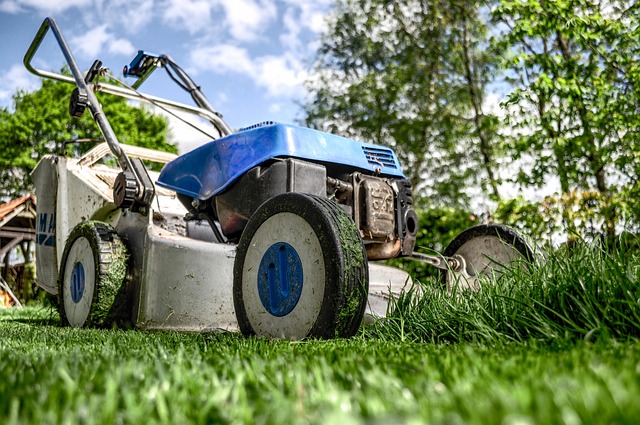Tool care routines that extend lifespan and improve safety
Regular tool care routines reduce risk, save money, and keep DIY and outdoor tasks running smoothly. Simple habits—cleaning, sharpening, appropriate storage, and scheduled inspections—help extend equipment life while maintaining safety. This article outlines practical steps for maintaining a range of tools used in landscaping, irrigation, and general yard work.

How does regular maintenance protect tools?
Routine maintenance is the foundation of longer tool life and safer use. Wiping blades and metal parts after use prevents rust and corrosion, while applying light oil to moving joints keeps mechanisms functioning. Replace worn handles or grips to avoid breakage during operation. Inspections before each use reveal loose bolts, cracked housings, or dull edges—issues that otherwise increase accident risk. Establish a simple checklist for each tool category so maintenance becomes a predictable habit.
What DIY habits reduce wear and improve safety?
Good DIY habits cut down on tool damage and personal injuries. Use the right tool for the task: forcing a small wrench on a large bolt or using a garden fork as a lever stresses the tool and invites failure. Keep cutting tools sharp and balanced to reduce kickback or slipping. Clean power tool vents and check cords for frays. Store batteries separately and recharge according to manufacturer guidance to avoid reduced capacity or leakage.
How to manage landscaping tools for longevity?
Landscaping tools face soil, moisture, and heavy use; tailored care helps them last. After gardening, remove soil from tines and blades and let tools dry fully before storing. Treat wooden handles with linseed oil to prevent splitting and swelling. For irrigation tools and pumps, flush lines after use and winterize components in cold climates to avoid freeze damage. Mulching tools and hammers benefit from periodic tightening of fasteners and inspection for metal fatigue.
Can upcycling and sustainability affect tool upkeep?
Upcycling components like salvaged handles, brackets, or storage crates can be sustainable and economical, but choose materials that match the tool’s stresses. Reclaimed hardwood for handles should be well-shaped and securely fitted; recycled plastics need to tolerate impact and weather. Sustainable practices include repairing rather than replacing when possible, using biodegradable lubricants, and recycling worn parts responsibly. Such choices reduce waste and extend the utility of existing equipment.
How to prevent pest and debris damage to tools?
Pests, dirt, and plant debris can degrade stored tools. Keep storage areas decluttered and elevated off damp floors to reduce exposure to moisture and rodents. Seal gaps in sheds or cabinets and use bait or deterrents where appropriate. Clean tools of organic material like plant sap or soil after each use; these residues can harbor pests or accelerate corrosion. Regularly sort through toolboxes and discard or recycle irreparably damaged items to avoid contamination.
Which storage and lighting practices improve safety?
Proper storage and workspace lighting reduce accidents and prolong tool life. Use pegboards, racks, or labeled bins to keep tools organized and accessible; this prevents banging and dropping that cause dents or misalignment. Ensure work areas and sheds have adequate lighting for inspections and repairs—portable LED lamps provide bright, cool light and long battery life. Consider moisture-control measures like desiccant packs or humidity-resistant cabinets for metal tools and electronics.
Routine inspections, correct cleaning, and mindful storage form the core of effective toolcare. By adopting consistent maintenance schedules, matching materials to tasks, and integrating sustainable repair and upcycling practices, both lifespan and safety can improve measurably. Small investments in time and simple supplies typically prevent costly replacements and reduce the likelihood of accidents, making maintenance a practical part of any yard or DIY routine.





